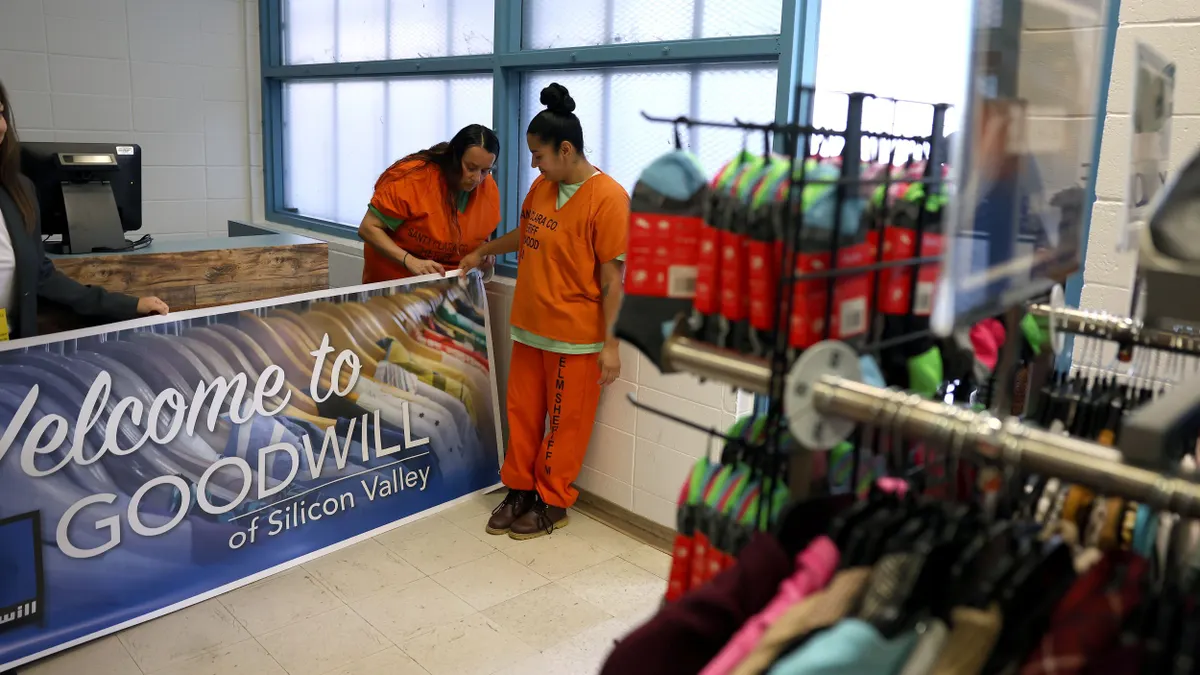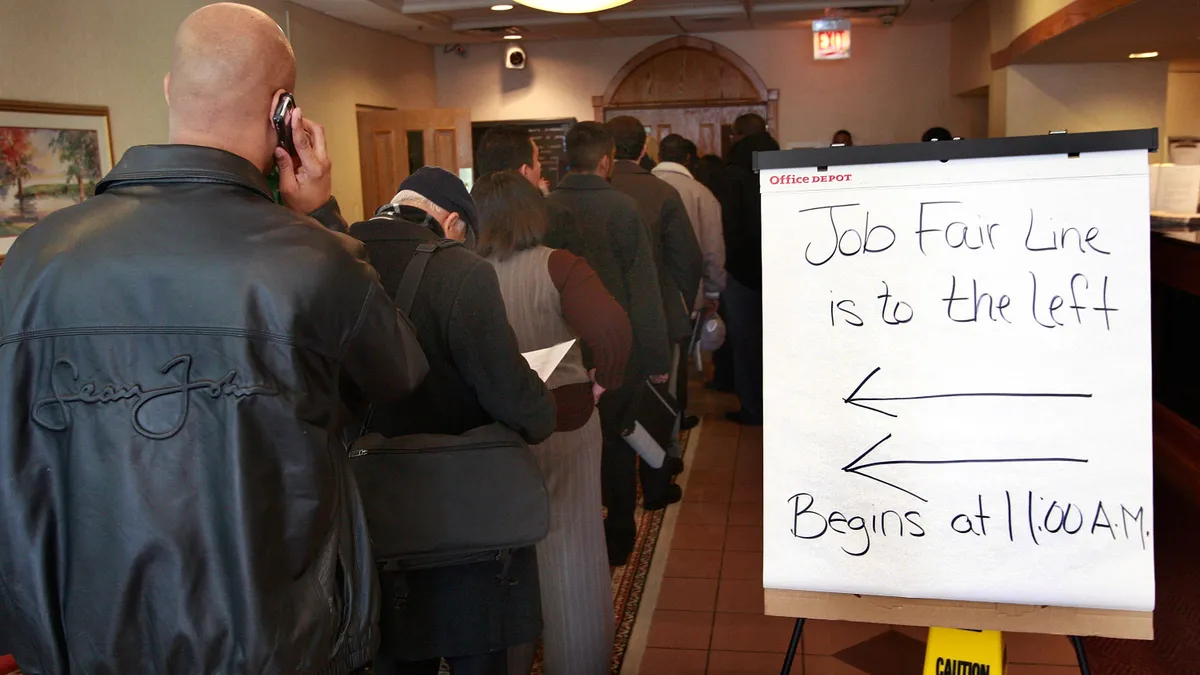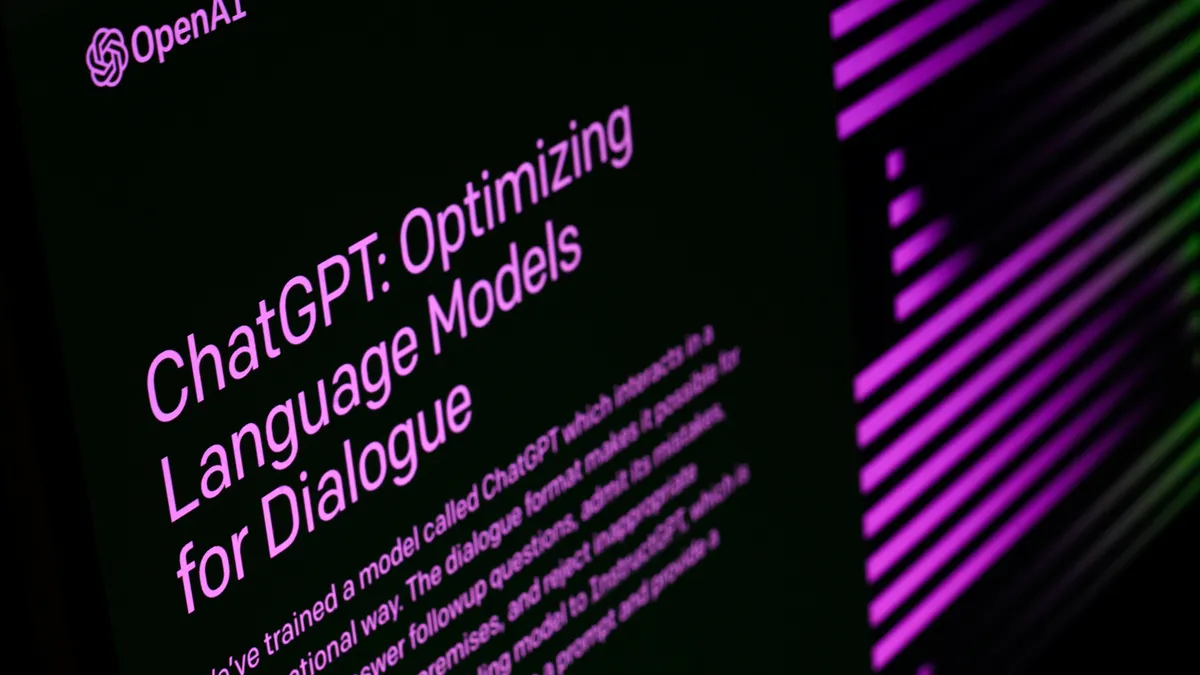Managing people and managing wealth may seem like polar opposites, but the overlapping responsibilities are Venn diagram-worthy. You can’t hire people without funding, and you can’t make money without people. For companies to fully grow, wealth and talent must walk in lockstep. At high-performing companies, the gap between the two has narrowed considerably.
With the help of finance, HR can better drive talent acquisition, development and management. With the help of HR, finance can better control costs and optimize investment. With access to big data, together they can analyze trends and plan more intentionally.
The huge investment in talent acquisition and development are two of the driving factors to a closer CFO/HR relationship. Changes to business models, along with wider adoption and use of analytics, help nurture the relationship. Higher level data-led decision making is on the rise at most companies as they unlock the value of accumulated HR software information. Where the relationship is strong, the CFO and HR are entrenched in workforce planning, predictive analytics and evaluating skill gaps.
Big data bridges the gap
A 2014 report by EY polled more than 550 CFOs and CHROs globally. On average, respondents from high-performance organizations revealed they spend more than half their time collaborating, and 80% say the relationship has become more collaborative in recent years. The specifics on which HR and finance work together include:
-
Scenario planning (58% of respondents);
-
Predictive workforce analytics (54% of respondents); and
-
Skills gap analysis (59% of respondents).
As businesses analyze the data they possess, the collaboration runs even deeper. HR and CFOs are mining data for:
-
Strategic workforce planning (71% of respondents);
-
Driving decisions about acquiring or developing talent (64% of respondents); and
-
Identifying expertise and knowledge (62% of respondents).
The relationship is symbiotic. For finance, a deeper knowledge of people issues enhances the ability to plan. For HR, understanding the numbers behind the issues enhances theirs. “For organizations that are building their HR reporting and analytics capabilities, input from finance (and other analytic disciplines) can help the HR team develop sound analysis methods and relate analysis findings to diverse stakeholder groups," Pat Russo, principal and LaborWise leader at Deloitte Consulting LLP, told HR Dive.
Missed connections
Otherwise, employers could be missing out on a golden opportunity. “Very few firms are looking at their Human Capital Balance Sheet holistically," Russo said. "They are not investing in developing their HC assets and are not focused on controlling HC spend and risk."
As a result, Russo explained, programs are managed in isolation. Employers, for example, attempt to cut labor spend, but don’t consider how such moves impact productivity. Employee engagement may be negatively impacted with implications on both talent acquisition and retention. A lack of coordination might even lead to competing numbers of employees being reported to executives and stakeholders.
"These dueling systems result in lack of trust in either function and excess management and staff time devoted to reconciling the differences,” Russo said.
Culture collaboration
While many CHROs believe they lead the charge in developing corporate culture, many CFOs say they’re involved as well. A survey by Robert Half reveals 51% of CFOs say they are shaping corporate culture.
“Corporate culture ranks high on the priority list for both human resources and finance," said Tim Hird, executive director of Robert Half Management Resources. "While HR has long been focused on areas affecting culture — employee morale, engagement, happiness, satisfaction — finance leaders play an instrumental role, as well."
The possibilities for collaboration in this area are actually quite extensive, Hird added. "The two groups can work together to tap analytics to enhance the recruitment process and spot business risks such as turnover, hiring mistakes and compliance issues. They also can join forces to assess staffing patterns, determine when to hire full-time employees and when to bring in consultants and project professionals."
Small collaboration pays big dividends
Shared analysis benefits HR, finance and the company overall, said Erik Fromm, Financial Advisor at Janney Montgomery Scott. One big example is retirement, which impacts a growing number of workers due to the present shift in workforce demographics.
"When a person is reluctant or unable to retire, healthcare costs and wages increase, productivity is stifled, and organizational growth becomes stagnant," Fromm explained. "For these reasons, it is important that CHROs and CFOs work together to make sure they are prepared to weather the generational shift taking place in the modern workforce.”
They call it the 'Silver Tsunami,' and it can have more than just a financial impact on companies. When new talent can’t see a clear path to advancement, morale, engagement and ownership are diminished. By the time seasoned employees realize they’re not “retirement ready,” it can be too late.
Enter collaboration: "By aggregating and analyzing data from your organization associated with this liability," Fromm said, "the result can be clear strategies to move the conversation around your retirement plan from ‘fees, funds, and fiduciary’ to making the plan a powerful tool in taking control of this risk to your cash flow statement and balance sheet.”
When HR and Finance work together, the company benefits. Finance has better insight into the firm’s highest investment and risk: employees. HR has enhanced tools to maximize talent, from recruitment to retirement. It’s a match too long in the making that has the potential to grow even further.



















